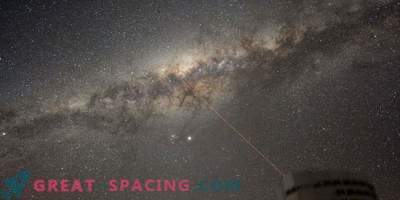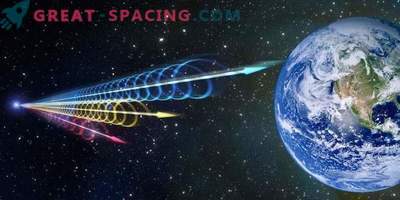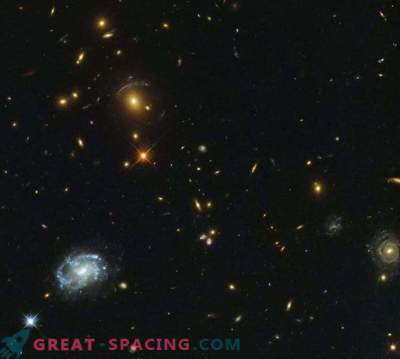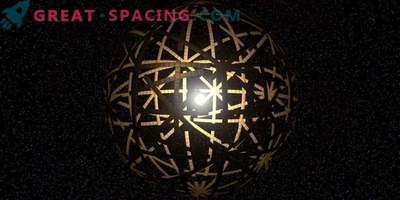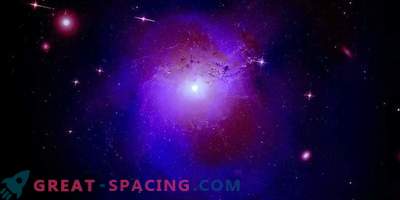
A couple of astronomers believe that they were able to find a whole group of alien civilizations. More specifically, 234 civilizations are sending messages to outer space.
We are talking about the strange behavior of the 234 stars studied in the Sloan Digital Celestial Survey. Some researchers believe that the observed stellar impulses can be a targeted communication system developed by advanced aliens.
This is quite a bold statement. To understand why researchers are inclined to the theory of aliens, should study the background. For a long time, it was believed that if there are developed alien civilizations living in a single galaxy, then radio signals are best used for communication through interstellar space. It makes sense, because radio signals are incredibly powerful, simple and accessible to create and send to space.

The last map of outer space indicates that dark matter and dark energy dominate our Universe. Sloan Digital Celestial Survey (SDSS) is measuring distances of over a million galaxies. Galaxies, first identified in 2D images (above, on the right), have distances measured to form a 3D map. But the problem is that the host civilization must have special tools for collecting and recording radio signals. Just as people began to direct optical telescopes into the sky, an alien civilization will find it easier to fix light sources that differ from the natural behavior of stars.
The interstellar light-based communication system requires large resources for design and operation, but this idea is not devoid of meaning. A laser in the range of 30-250 megawatts will be enough to signal our existence to the rest of the universe. In a new study, the authors state that one could simply create a pulsating light, observed through light years.
And if people can do it, then why not do the same with aliens? This is the basis of a new hypothesis from a pair of astronomers who analyzed 2.5 million stars from the Sloan digital sky survey and managed to find 234 stars. These objects stand out, as they emit a light signature hinting at the presence of aliens. All these stars study light at 1.65 picoseconds, which astronomers thought was an artificial effect.

SDSS map of the universe. Every point is a galaxy.
Unfortunately, there is too little evidence to support this theory. Some scientists believe that the results of astronomers may be just an instrumental or human error. So that Sloan's digital sky survey could not accurately observe the light of 234 stars out of 2.5 million, the error rate must be at least 0.0094%. Any theory should have an evidence base. This is where the Breakthrough Listen project of Stephen Hawking comes to the rescue, the goal of which is to find signs of extraterrestrial life. Representatives of the project said they would conduct further research on specific stars.
It is important to note that Breakthrough Listen takes on the job, despite a high degree of skepticism. Virtually the entire scientific community does not believe that these could be signals from aliens.
Many believe that this is a replay of the story with the star HD 164595. She showed a strange activity and hinted at the presence of extraterrestrial intelligence. However, it turned out that this is just “earth clutter”. Perhaps the new signals from 234 stars are just an error or aberrant interference. But I still want to believe that it is not.

